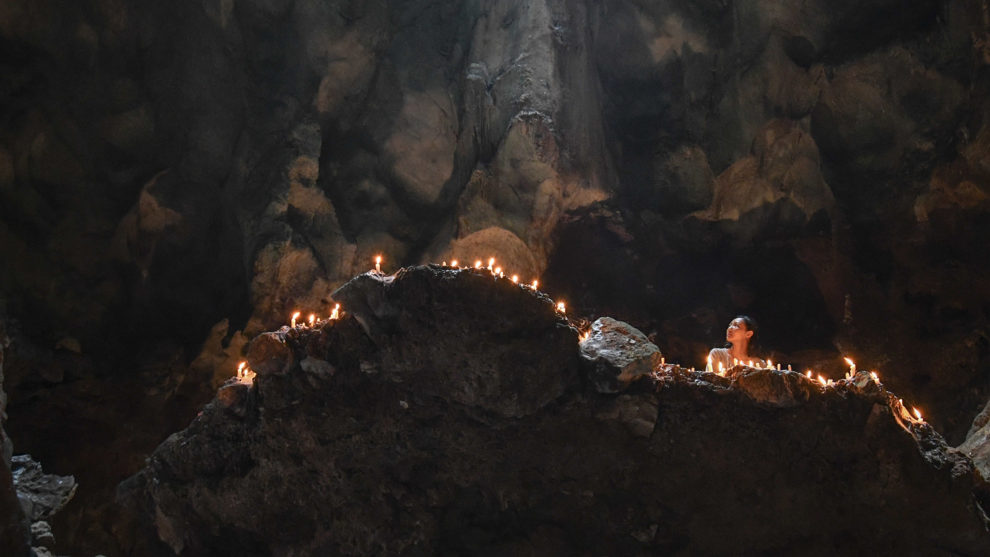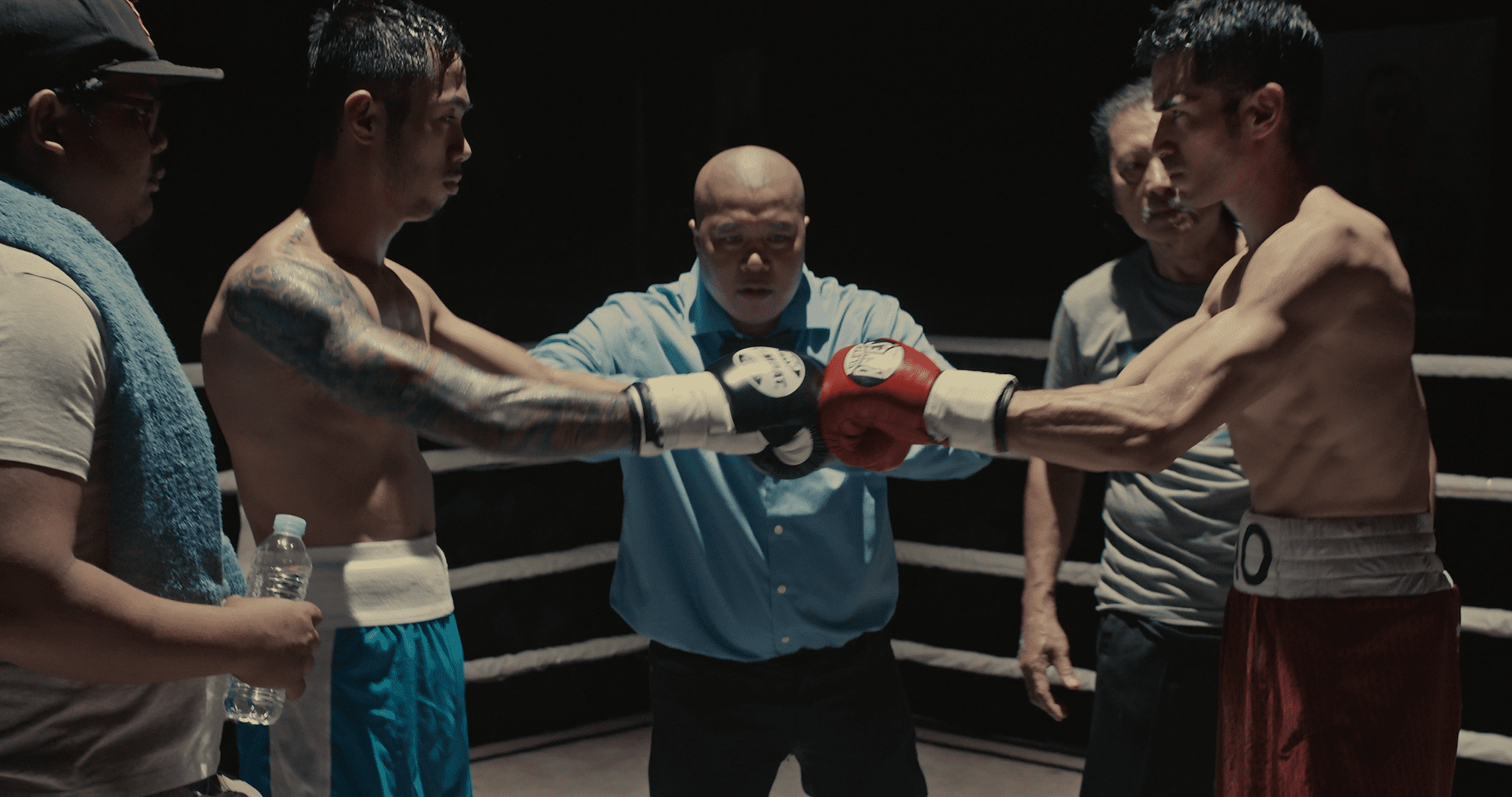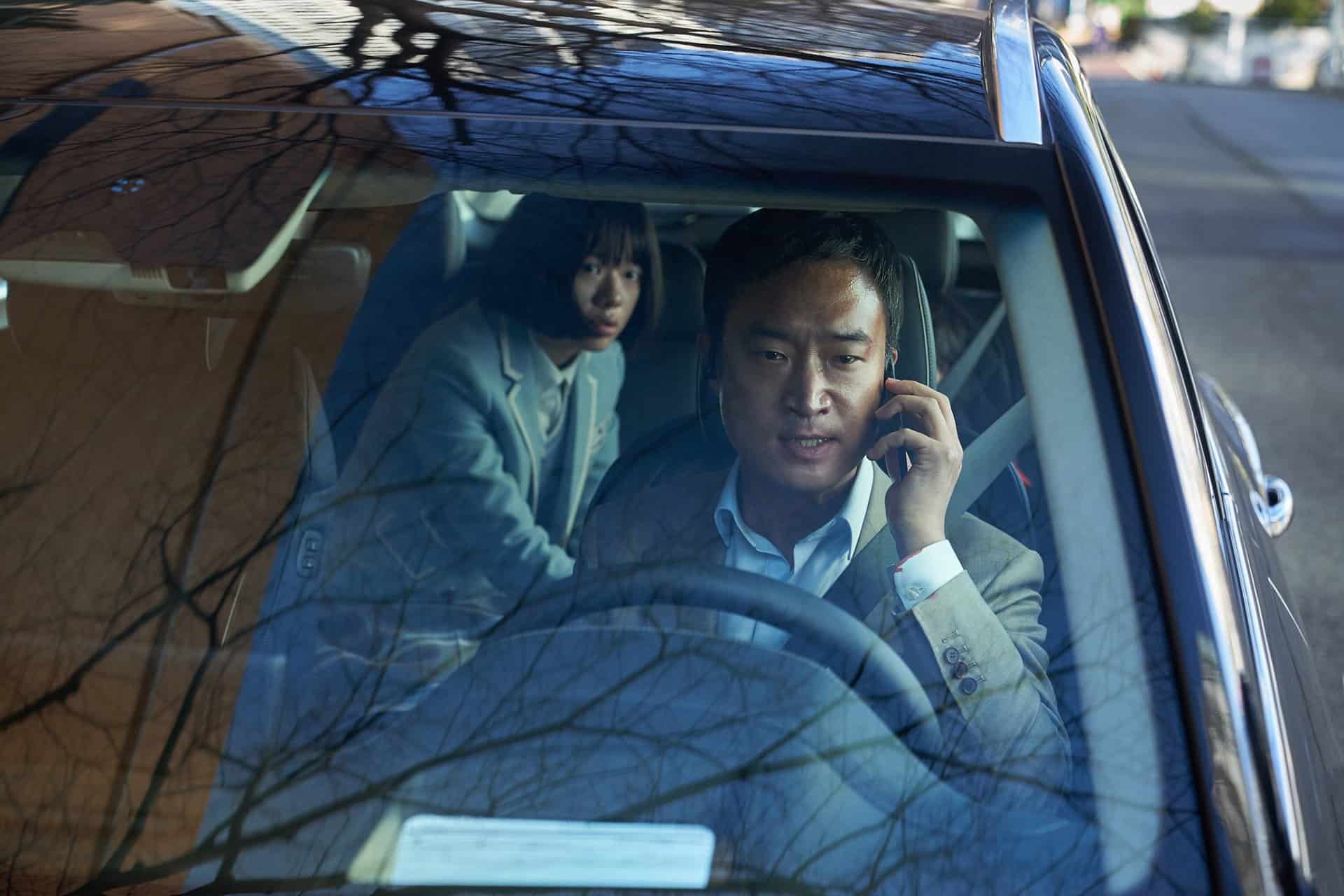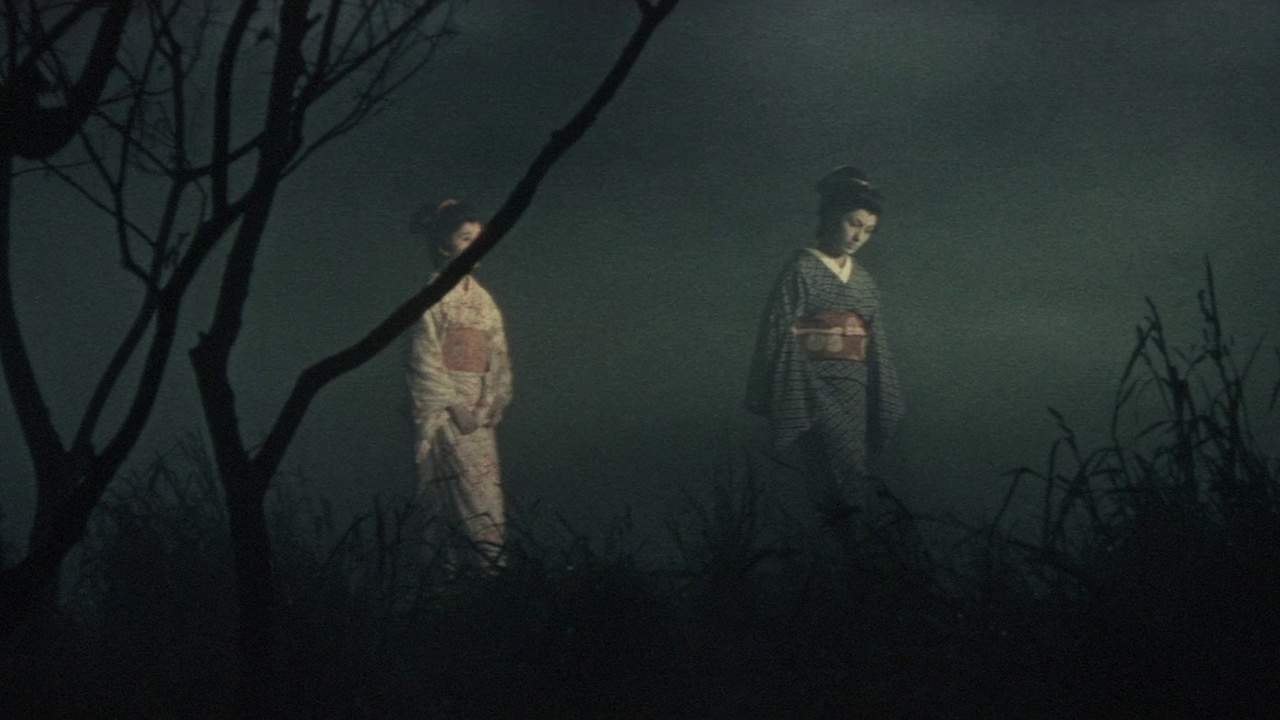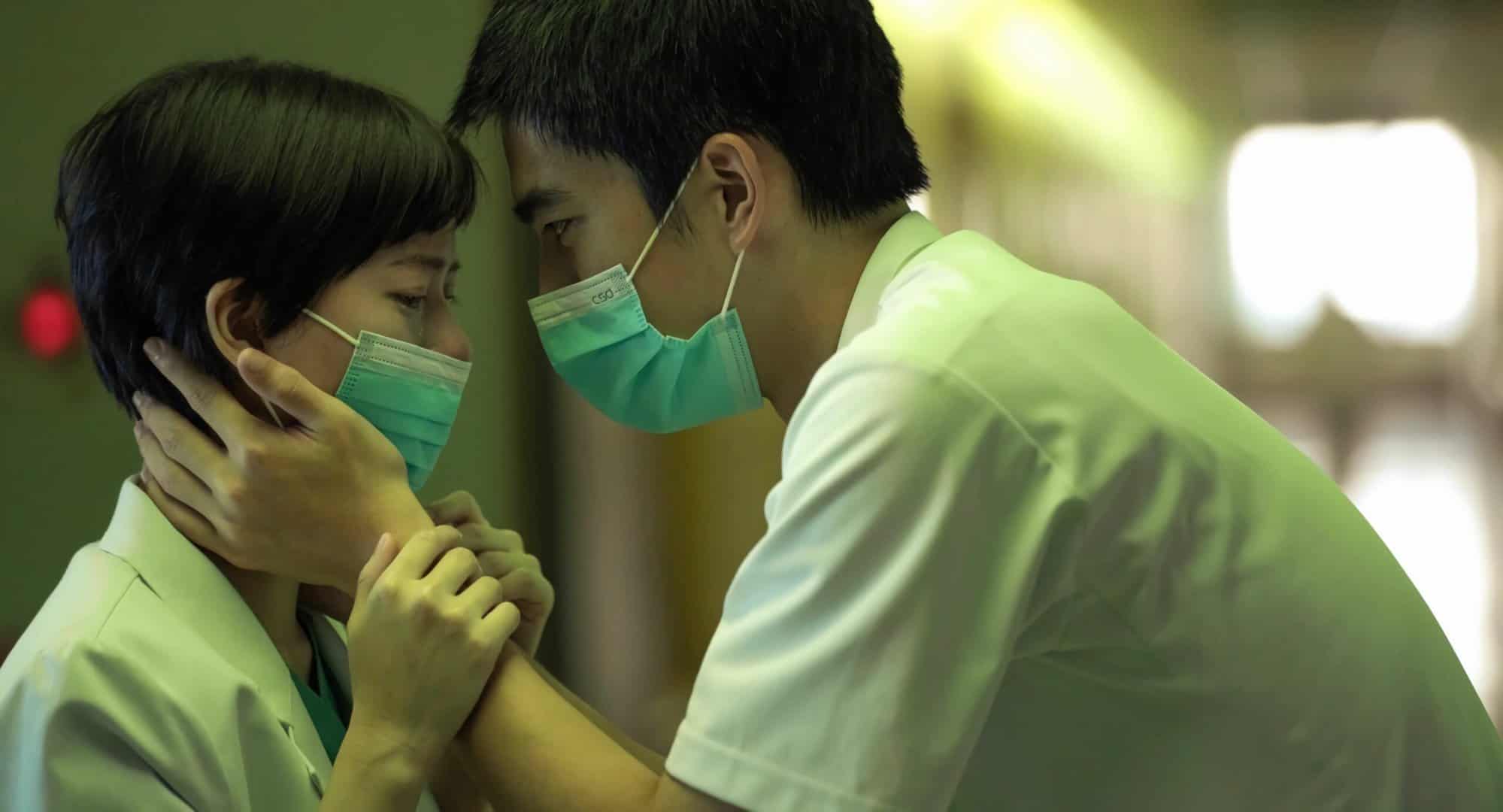As we have seen many times in Malaysian cinema, the shamanism and the supernatural in general are intensely intermingled with everyday life, with Dain Said's films, for example, highlighting the fact in the most eloquent manner. Chong Keat Aun directs a movie based on incidents from his personal life, taking an approach that moves towards the fantastical after a fashion. The movie earned him the Best New Director at the Golden Horse Awards, but soon afterwards, it was censored for its screening at the 4th Malaysian International Film Festival, for references to traditional folklore which were contrary to Islamic teachings.
“The Story of Southern Islet” is screening at International Film Festival Rotterdam
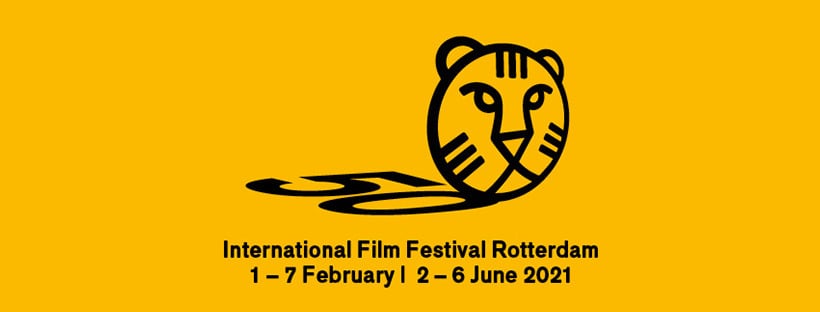
The story revolves around a rural family of four that is built in antithesis. Western-educated Yan is a rationalist, while her husband, locally educated Chang, believes intently in the supernatural and the folklore in general. When Cheong accidentally damages the neighbour's fence trying to catch a snake, he triggers a series of mysterious events that end up with the neighbor dying and him ailing from a strange sickness, being bedridden, vomiting nails, experiencing manic episodes and spending all his energy rambling about impending supernatural doom, scaring his children to death. Yan first turns to the local hospital, but when nothing seems to work, she is forced to ask the help of the rather offensive towards her local shaman. Thus begins a trip to the supernatural, which brings her across a number of magical creatures and events.

The first thing one will notice in the movie is that it is visually exquisite. Chong Keat Aun's cooperation with Chan Hai Liang has resulted in a truly gorgeous film, with the camera work being of the highest level, also benefitting the most by the excellent location scouting. The many long shots that highlight the area as a whole and the individual setting, including the house, the imperviously set up cave, and the fields in the night highlight this aspect to the highest degree. Particularly the scene with the creature “dancing” in the mud is a wonder to look at, also stressing the fact that the visuals here are the main source of the ritualism that dominates the narrative. The shots focusing on realism, such as the ones in the market, in the house, and the hospital are more focused on realism, but the artistry remains on the same level.
Although the movie could easily have become a horror, Chong Keat Aun's steady directorial hand does not allow the narrative to fall that way, with the supernatural elements serving another purpose, that of presenting the mixture of cultures, mentalities and ways of thinking that dominate the area. In that regard, and in combination with the realism permeating the market scenes and the overall everyday life, the movie essentially functions as a tour guide to all the antithetical aspects that comprise life in Malaysia, including the co-existence of the natural and the supernatural.
In another element, the particular year the film is set, 1987, is rather significant, as this was the year Malaysian government closed Chinese media outlets, sent non-Chinese-educated teachers to schools to take senior positions, and initiated Operation Lalang . The issues Chinese Malaysians faced at the time obviously play a part in the atmosphere of the film, although Aun does not really focus on this aspect intently, apart from some news heard throughout the movie, and the truth is, only viewers familiar with that part of history will realize this aspect.
Another great trait of the movie is Kong Jing Rong and Tan Wei Jian's editing, with the slow pace implemented here working excellently for the ritualistic premises for the narrative, while the occasionally sudden cuts induce it with a sense of speed that also works quite well.
The acting on the other hand, is not on the same level, particularly of Season Chee as Chang, who has probably the most difficult role here, but did not manage to fulfill it completely. Jojo Goh is a bit better as Yan, but not great by any means. On the other hand, that the focus is on the visual, the events, and the commentary and not the characters, could justify this issue, to a point at least, since the acting fits the overall aesthetics.
“The Story of Southern Islet” is one of the most visually impressive movies we have seen lately, while its narrative emerges as rather interesting, particularly in the presentation of the local culture. Chong Keat Aun seems to have a bright future ahead of him.


